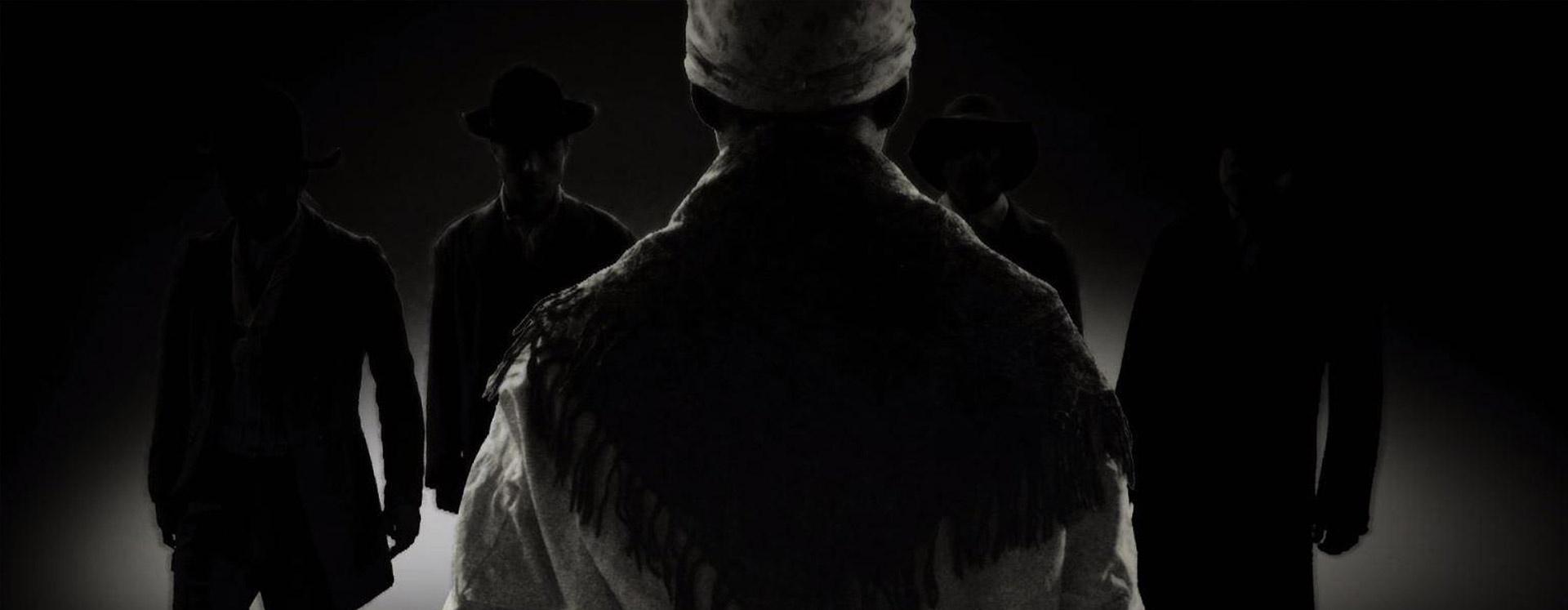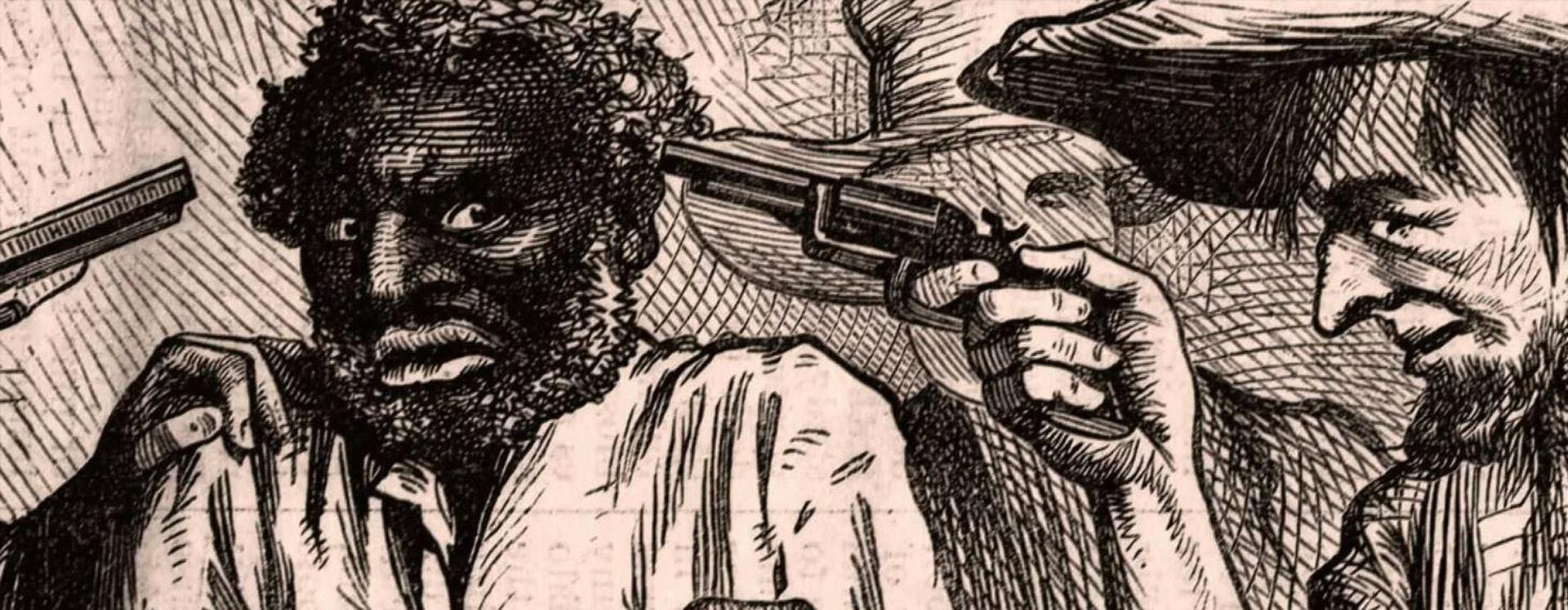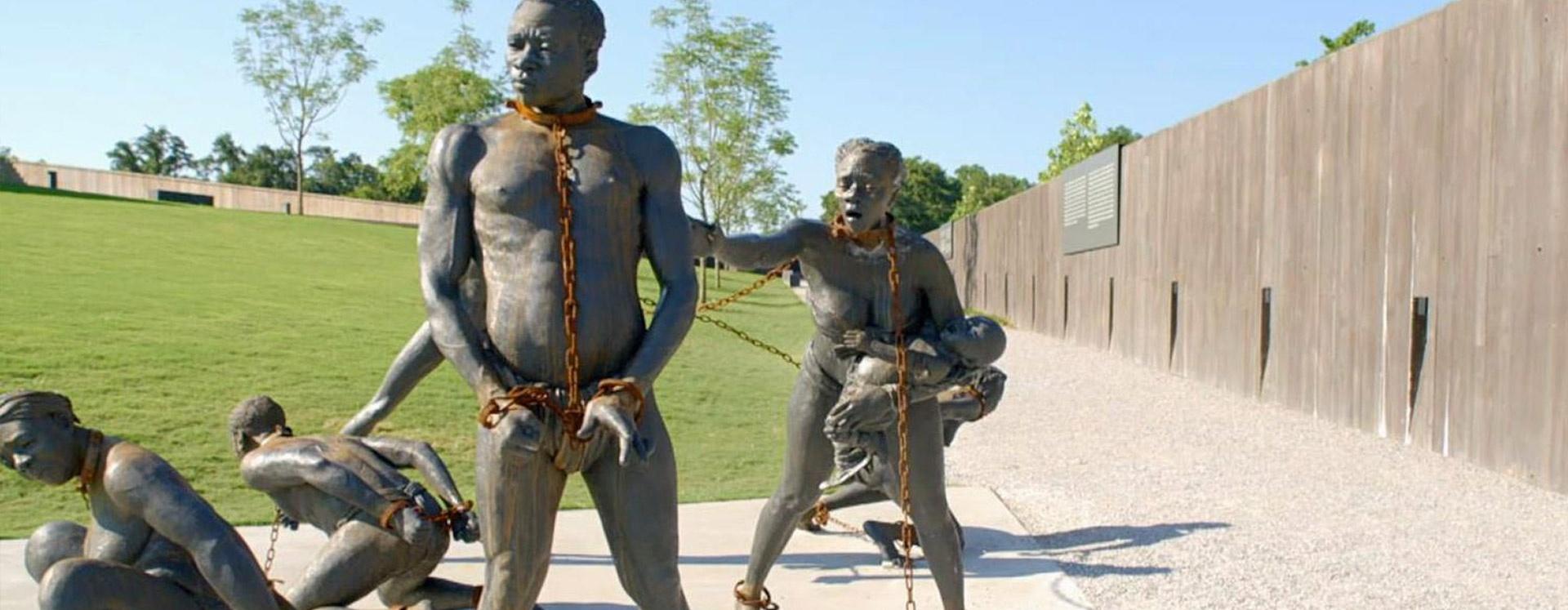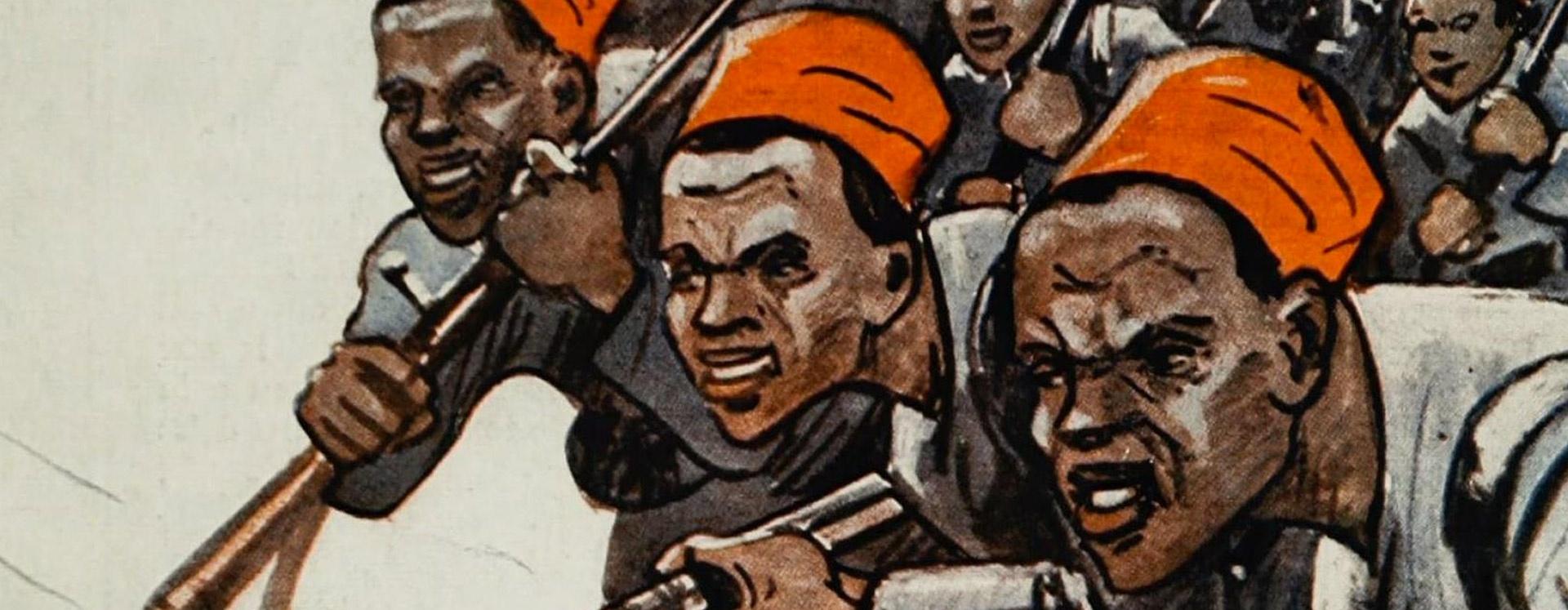Watch Episodes
Hour 1
The aftermath of the Civil War was bewildering, exhilarating...and terrifying. African Americans had played a crucial role in saving the Union and now, as the country grappled with the terms and implications of Reconstruction, they struggled to breathe life into their hard-won freedom. The result was a second American Revolution.Watch Now
Hour 2
Post-Civil War America was a new world. For African Americans living in the former Confederacy, Reconstruction was what historian W. E. B. Du Bois once described as their “brief moment in the sun.” But support for the social, economic, and political gains they achieved didn’t last long. A controversial presidential election in 1876 deals Reconstruction a grievous blow, as Southern states are “redeemed” and the forces of white supremacy are ascendant.Watch Now
Hour 3
Hour three of the series examines the years 1877-1896, a transitional period that saw visions of a “New South” set the stage for the rise of Jim Crow and the undermining of Reconstruction’s legal and political legacy. While some African Americans attempted to migrate, the vast majority remained in the South, where sharecropping, convict leasing, disfranchisement, and lynchings drew a “color line” that limited opportunities and destroyed lives. Although their“brief moment in the sun” had been cast in shadow, African Americans refused to retreat and used their voices and pens to continue to fight for those rights afforded to white Americans.Watch Now
Hour 4
The turn of the century is known as the ‘nadir’ of race relations, when white supremacy was ascendant and African Americans faced both physical and psychological oppression. Racist imagery saturated popular culture and Southern propaganda manipulated the story of the Civil War and Reconstruction. But African Americans found ways to fight back, using artistic expression to put forward a “New Negro” for a new century.Watch Now




